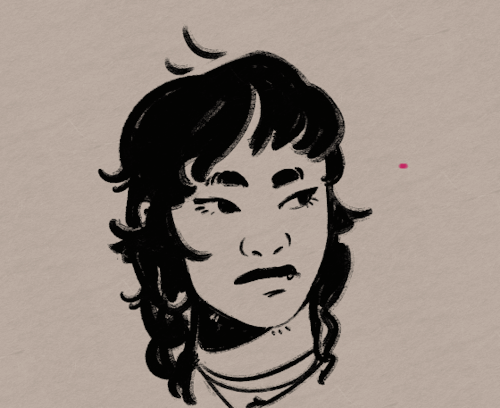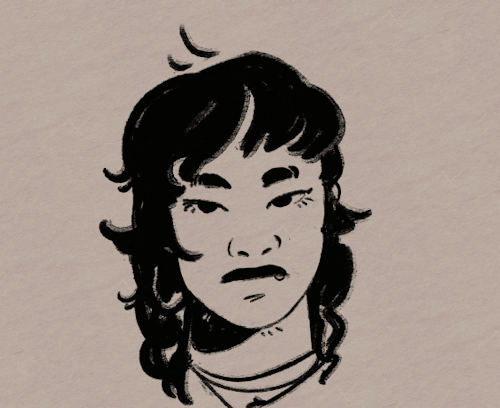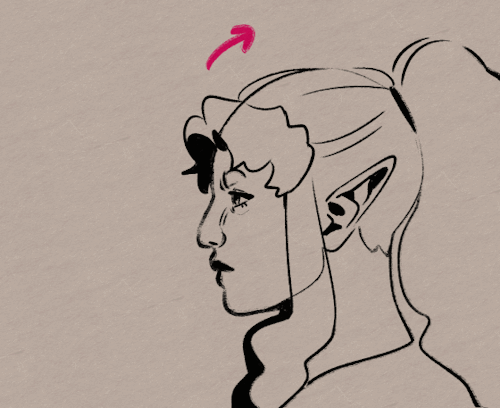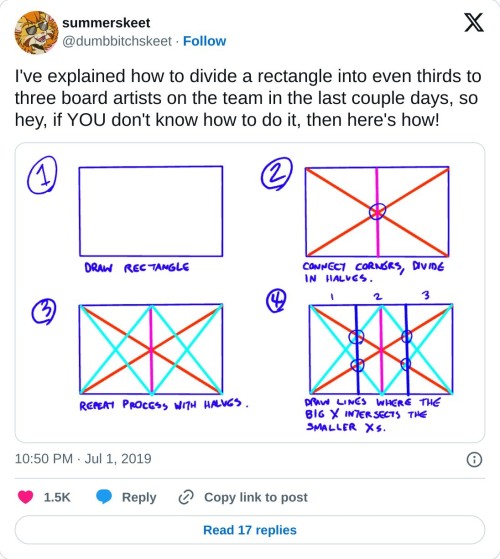Translation Of K's Glossary, Bluray/DVD Vol.5
Translation of K's glossary, bluray/DVD vol.5
A lovely Japanese friend of mine recently showed me the K glossary that came along with the blu-ray/DVDs, which actually features quite a few extra words than what’s posted on the official site, along with, well, going beyond the 8th episode. These are the keywords that relate to episode 8 and 9. After receiving my copy of vol. 6 and vol.7 of the blu-ray, I hope to eventually compile all the glossary terms into one big masterpost, but here are terms from episode 8 and 9 for now.
Blues What outsiders call SCEPTER4 members. It’s a term mostly used behind their backs, and one that reflects a sort of jealousy common people feel towards what they consider to be a group of authoritarian and high-pressured capital policemen, made up of supernaturally empowered individuals.
Claudia Weismann The older sister of Adolf K. Weismann. Like her younger brother, she belonged to a state-operated research facility in Dresden, and partook in the research concerning the “Slate”. However, she died during the indiscriminate bombings in 1945. Her death would greatly impact the actions of her younger brother Adolf and the Japanese lieutenant Kokujouji; in other words, individuals who would later become the First and Second Kings.
Boss glasses and mean glasses According to her impressions of them, Neko nicknamed Munakata Reisi as ‘boss glasses’ and Fushimi Saruhiko as ‘mean glasses’.
Ex-A/Extra-Alpha The academic term for a supernatural “King” used in the show. Organisms who exhibit characteristics of the Extra-Alpha group are able to display overwhelming capabilities and charisma, and will create a sturdy organization(clan) centered around themselves when thrown into a crowd of similar organisms.
Read More
More Posts from Hypergores and Others

When Friday Comes Around All Sad Lips Turn Upside Down
#183cc6 | #7539c4 | #c738aa | #ff5857 | #ff925a




I've had this little idea in my head for a while now, so I decided to sit down and plot it out.
Disclaimer: This isn't meant to be some sort of One-Worksheet-Fits-All situation. This is meant to be a visual representation of some type of story planning you could be doing in order to develop a plot!
Lay down groundwork! (Backstory integral to the beginning of your story.) Build hinges. (Events that hinge on other events and fall down like dominoes) Suspend structures. (Withhold just enough information to make the reader curious, and keep them guessing.)
And hey, is this helps... maybe sit down and write a story! :)

The Eldritch Type of Love - Submitted by alliveirrr
#6C4C5D #907787 #4E3047 #534D72 #9F88AB
How I Animate

The Technique:
I draw the frames and then I use the liquify tool to push the lines into the next frame and redraw them where I need to. This allows me to keep the lines consistent, but gives me the control of frame by frame animation bc I am still making each frame manually! I also use 3d models as reference to help me with the angles! Super important to use reference while you animate (and with art in general), if youre no good handling 3d models then act it out and record yourself!

The Theory:
i think most people are at least loosely familiar with the 12 principles of animation (if youre not, heres a 2.5 minute video showcasing them!), but may not necessarily know how to employ them. the main 3 i tend to focus on when I animate is rhythm, telegraphing, and inertia so ill cover those there 👍
1. Timing & Rhythm
Timing is how you space out your frames both in how long an individual frame is held for, and also when you drawn an inbetween of two frames you can favour one frame slightly more than the other instead of drawing the exact average of the cels, giving the favoured cel more timing weight.

Left line has the cels evenly spaced out on the timeline, right holds the first cel for longer and the second cel slightly favours the last frame. It creates a more interesting rhythm to the animation! Rhythm is how I think of animation timing. Theres a beat like a song to every animation I make, and creating an interesting beat is what makes an animation fun to watch (for me, anyway):


2. Anticipation / Telegraphing

Before I animate a big change in movement, I like to telegraph that its coming. Usually this is doing a little counter movement in the opposite direction, but thats not the only way to telegraph a motion, e.g. eye movement can telegraph a head turn!



3. Follow-through / Overshoot / Inertia


Unless the movement is mechanical, it wont come to a hard stop and will have some level of bounce or easing out to it. How much "bounce" you add will have a big impact on how the animation feels, but a very subtle bounce will add a natural feeling to the end of a motion.

Secondary animations will use a lot of this, note that the head and the hand have a small amount of continuous motion (primary animation), and then the hair has a lot of bounce and inertia (secondary animation which reacts to the primary animation). Note the different amounts applied to the braid vs the sideburn vs the bangs
anyway! I hope this was insightful ❤️ if you like my art you can commission me by the by :)

Are YOU Even Medically Licensed? - Submitted by thetwistedwhiskersshow
#9C6F54 #221110 #2C4B54 #A8D5DB #D1E3E5

Mt Saint Michel + Saint Michaels Mount - Submitted by: fastman27
#4E324E #7E597C #A28AAD #DAD6F5 #8A8DAD #595B7D #32324E

really helpful technique ^ once you know how to divide by halves and thirds it makes drawing evenly spaced things in perspective waaay easier:



“I have no master, except the wind that blows free!” - Submitted by: fastman27
#FFF5CF #EFEB77 #3CA1D8 #1375B7 #1A1982 #0A0943
-
 bicozyes liked this · 7 years ago
bicozyes liked this · 7 years ago -
 skyflyinginaction reblogged this · 9 years ago
skyflyinginaction reblogged this · 9 years ago -
 skyflyinginaction liked this · 9 years ago
skyflyinginaction liked this · 9 years ago -
 rodasky liked this · 9 years ago
rodasky liked this · 9 years ago -
 riff-raff-tales liked this · 9 years ago
riff-raff-tales liked this · 9 years ago -
 sadistfushimi liked this · 9 years ago
sadistfushimi liked this · 9 years ago -
 traumfxnger reblogged this · 9 years ago
traumfxnger reblogged this · 9 years ago -
 kcgaribito-blog reblogged this · 9 years ago
kcgaribito-blog reblogged this · 9 years ago -
 8danaes8justapassingwitch8 reblogged this · 9 years ago
8danaes8justapassingwitch8 reblogged this · 9 years ago -
 charkbites reblogged this · 9 years ago
charkbites reblogged this · 9 years ago -
 zero-to-infinityx-blog liked this · 10 years ago
zero-to-infinityx-blog liked this · 10 years ago -
 hypergores reblogged this · 10 years ago
hypergores reblogged this · 10 years ago -
 cutiesarumi liked this · 10 years ago
cutiesarumi liked this · 10 years ago -
 umpalumppa reblogged this · 10 years ago
umpalumppa reblogged this · 10 years ago -
 tenseki1079 liked this · 10 years ago
tenseki1079 liked this · 10 years ago -
 tarte-au-beurre reblogged this · 10 years ago
tarte-au-beurre reblogged this · 10 years ago -
 riskriot reblogged this · 10 years ago
riskriot reblogged this · 10 years ago -
 riskriot liked this · 10 years ago
riskriot liked this · 10 years ago -
 leenaleee liked this · 10 years ago
leenaleee liked this · 10 years ago -
 luadiz-blog reblogged this · 10 years ago
luadiz-blog reblogged this · 10 years ago -
 dakede-blog liked this · 10 years ago
dakede-blog liked this · 10 years ago -
 thornbed liked this · 10 years ago
thornbed liked this · 10 years ago -
 arledrone reblogged this · 10 years ago
arledrone reblogged this · 10 years ago -
 skeletongem liked this · 10 years ago
skeletongem liked this · 10 years ago -
 the-blue-echo liked this · 11 years ago
the-blue-echo liked this · 11 years ago -
 janarchy666 reblogged this · 11 years ago
janarchy666 reblogged this · 11 years ago -
 racheltrinity liked this · 11 years ago
racheltrinity liked this · 11 years ago -
 smileandsleep reblogged this · 11 years ago
smileandsleep reblogged this · 11 years ago -
 akaomoide liked this · 11 years ago
akaomoide liked this · 11 years ago -
 ittybi liked this · 11 years ago
ittybi liked this · 11 years ago -
 sillysortawonderful reblogged this · 11 years ago
sillysortawonderful reblogged this · 11 years ago -
 sarumibabies reblogged this · 11 years ago
sarumibabies reblogged this · 11 years ago -
 sarumibabies liked this · 11 years ago
sarumibabies liked this · 11 years ago -
 makino-sora reblogged this · 11 years ago
makino-sora reblogged this · 11 years ago -
 luadiz-blog reblogged this · 11 years ago
luadiz-blog reblogged this · 11 years ago -
 try2shine liked this · 11 years ago
try2shine liked this · 11 years ago -
 kookieisms reblogged this · 11 years ago
kookieisms reblogged this · 11 years ago -
 8danaes8justapassingwitch8 reblogged this · 11 years ago
8danaes8justapassingwitch8 reblogged this · 11 years ago -
 tarte-au-beurre reblogged this · 11 years ago
tarte-au-beurre reblogged this · 11 years ago -
 tarte-au-beurre liked this · 11 years ago
tarte-au-beurre liked this · 11 years ago










